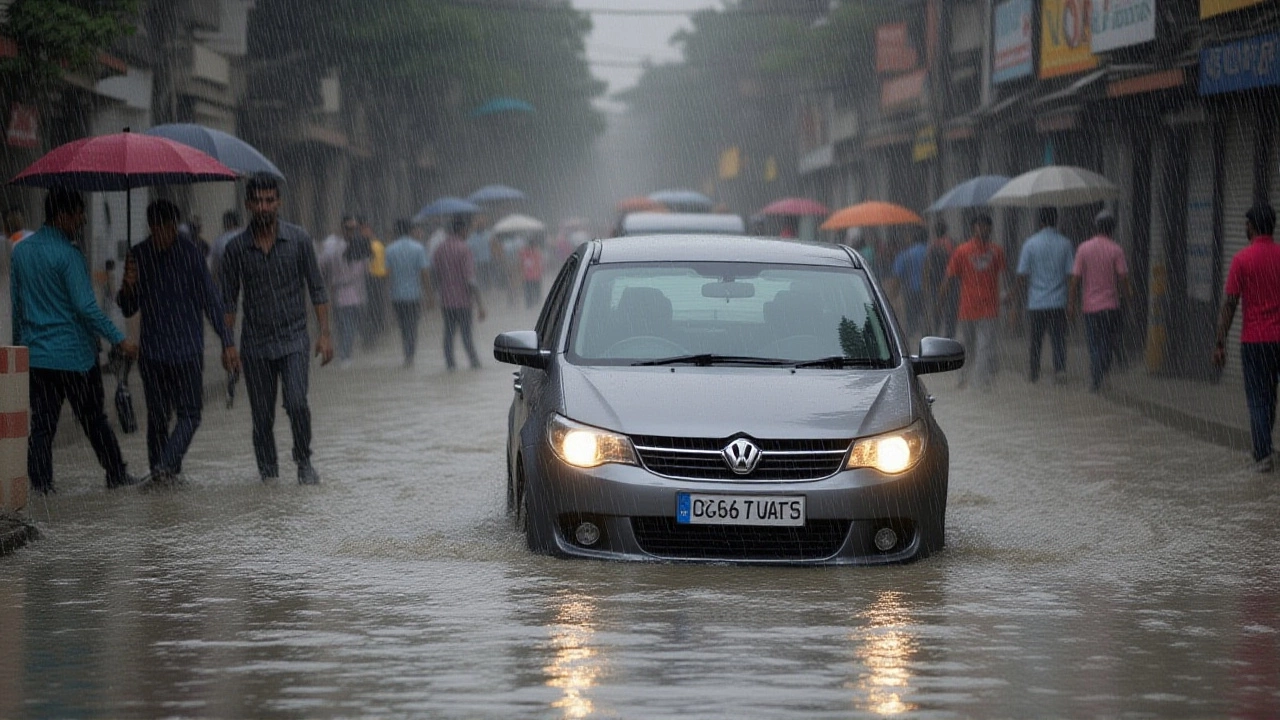Mumbai Flooding: What’s Happening and How to Stay Safe
If you live in or visit Mumbai during the rainy season, you’ve probably seen streets turn into rivers. The city’s geography, old drainage systems and rapid urban growth all push water onto the roads, creating dangerous water‑loggins that can last for days. Understanding why this happens and what you can do right now can make a huge difference to your safety and peace of mind.
Why the City Gets Swamped
Mumbai sits on a narrow coastal plain, so heavy monsoon rain has nowhere to go except the sea. The natural terrain is flat and low‑lying, which means water spreads fast. Add to that the fact that many neighborhoods were built over former wetlands and drainage channels. Those channels are often clogged with garbage or blocked by illegal constructions, so the water can’t flow out quickly.
Another big factor is the city’s rapid growth. New apartments, malls and roads are built faster than the municipal authorities can upgrade the sewer network. When the pipe network can’t handle the volume, water backs up onto streets, underground parking and even basement apartments. The result is a perfect storm of rain, blocked drains and insufficient capacity.
Practical Tips During a Flood
When floodwater starts rising, the first rule is to stay out of the water if you can. Even shallow water can hide potholes, open manholes or strong currents that can sweep you away. If you need to move around, wear waterproof shoes and keep a bag of essentials—phone, dry clothes, some cash and any medication—sealed in a plastic bag.
Know the safe routes. Main roads are usually cleared first, while smaller lanes stay flooded longer. Follow local news or official apps for real‑time updates on road closures and shelter locations. If evacuation is announced, move early; traffic jams can turn a short walk into a long, dangerous journey.
After the water recedes, be careful about contaminated water. Use boiled or filtered water for drinking and avoid touching flooded electrical outlets unless a qualified electrician has checked them. Clean any clothing or bedding that got wet as soon as possible to prevent mold.
Finally, consider long‑term preparedness. Keep a small emergency kit in your home with a flashlight, batteries, a whistle and a basic first‑aid set. If you own a vehicle, store a spare pair of tires and a tow rope in case you get stuck. Small steps today can save a lot of hassle when the next monsoon hits.
Mumbai’s flooding problem is not going away overnight, but knowing the why and the how gives you power to protect yourself and your loved ones. Stay informed, stay prepared, and you’ll be ready for whatever the rains bring.

Maharashtra Heavy Rain Alert: Red Warnings for Mumbai, Thane, Raigad and Palghar
The India Meteorological Department has placed red alerts over Mumbai, Thane, Raigad and Palghar as unprecedented rainfall pounds Maharashtra. Mumbai alone logged 445 mm this September, far above the normal 380 mm. State officials have activated 24‑hour control rooms, deployed pumps and issued strict safety guidelines. Residents are urged to avoid flood‑prone zones, stay away from trees during thunderstorms and heed official updates. The warning will stay in force until Monday morning, with a gradual easing expected in October.
More Detail